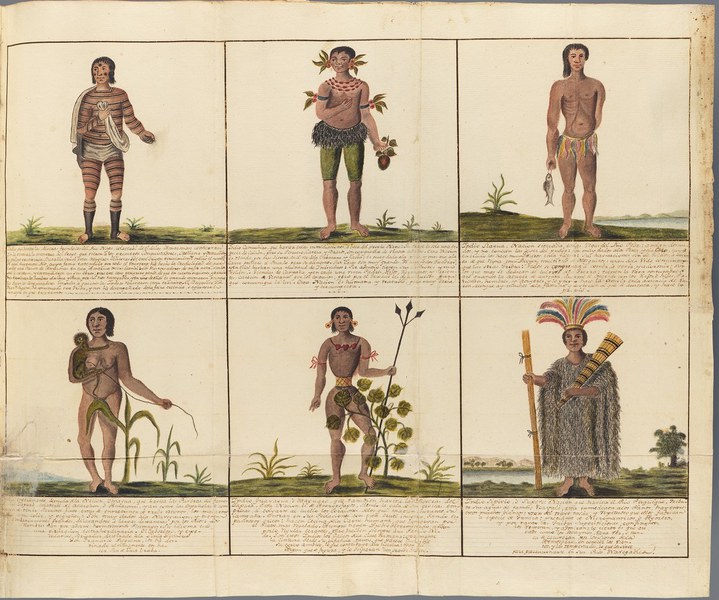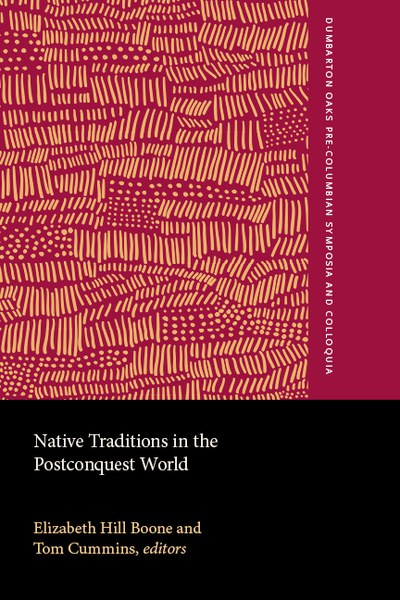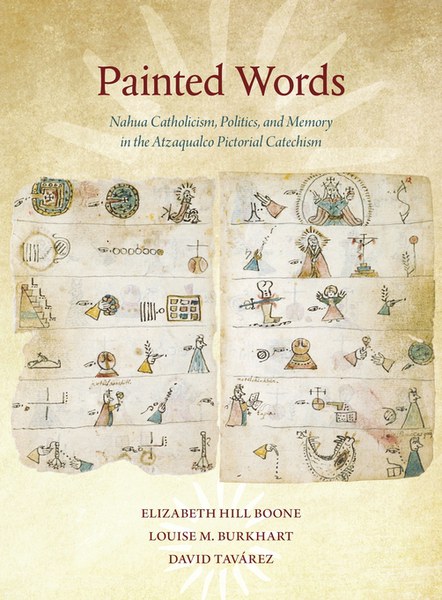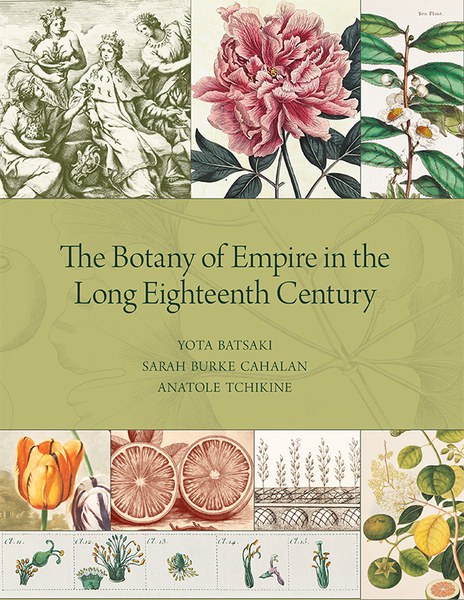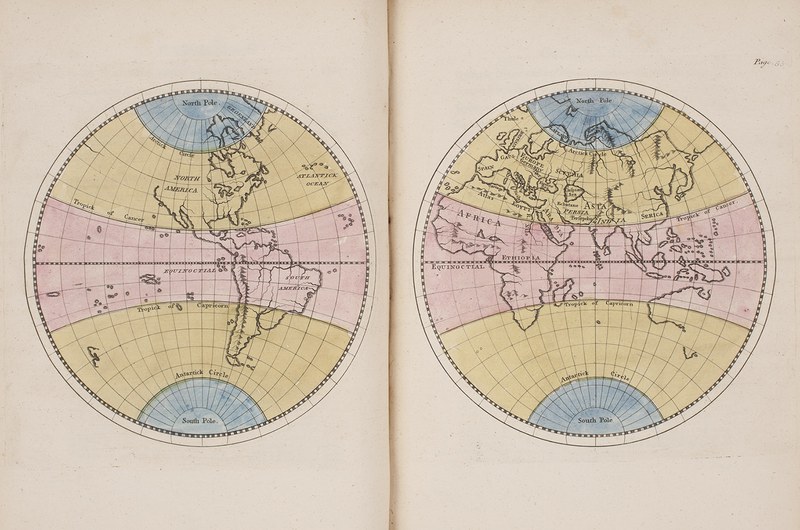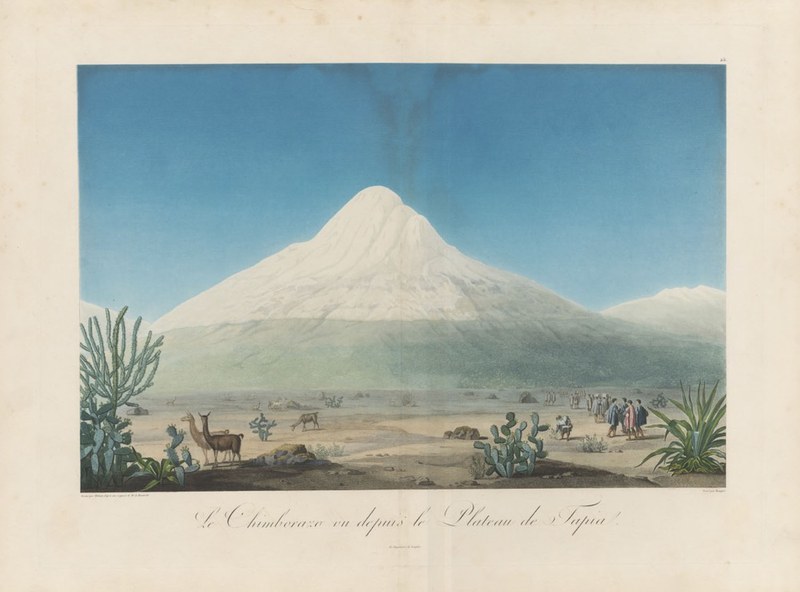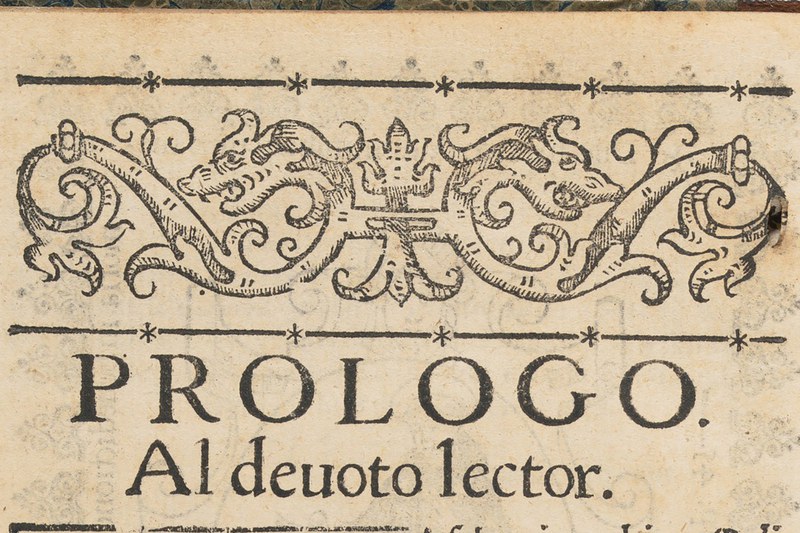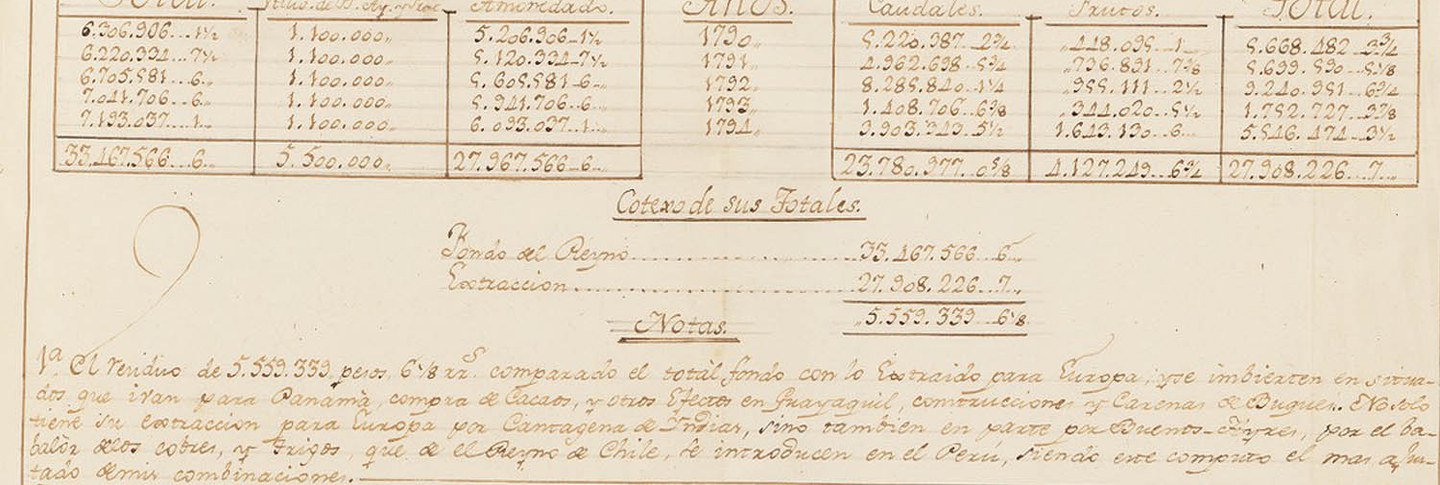
Colonial Administration in Latin America
Rare Books Publications External Resources Related Content
Following military defeat of the Inca and Aztec empires, Spain consolidated its control over a large swath of territories in the Americas. The Council of the Indies in Madrid directed the governance of these colonies, with orders channeled through appointed viceroys who wielded authority on behalf of the monarchy. In practice, however, the vast expanse of the empire meant that administrative decision-making was frequently decentralized. Manuscripts and early printed books held by Dumbarton Oaks illustrate the complex interplay of racial and ethnic identities, power, and privilege in the Spanish colonial period.
The monarchy used evangelization as a principal justification for occupation and control of the Americas. Missionary texts illustrate the central role that religious institutions played in integrating indigenous communities into the colonial order to ensure territorial consolidation and economic productivity. Although the monarchy claimed to guarantee and protect the welfare of indigenous populations, as illustrated by the colonial laws compiled in Cedulario de Puga (1563), its reliance on indigenous labor often came into conflict with missionary agendas of religious orders.
Royal cédulas and administrative documents, such as the detailed transition report (1796) by Viceroy of Peru Francisco Gil de Tobada y Lemos, illustrate the extent of responsibilities exercised by the viceregal administration over legislative, judicial, financial, commercial, military, and ecclesiastical matters. This demographic and economic information shows the impact of colonial rule on indigenous populations, including the devastating effects of the mit’a forced labor system and population decline due to epidemics. Such documents also trace the expansion of the slave trade and the role of Afro-descendent populations in the colonial social, economic, and political order.
Spain also leveraged existing hierarchies to consolidate its control by incorporating indigenous elites into the ruling class through patents of nobility. Other legal documents, such as land claim questionnaires (1606) from the Acos district of Peru or records of land disputes in Peru and New Spain, illustrate systematic challenges to tenure rights and resource access that many indigenous communities faced.
Searching for Materials in HOLLIS
In addition to select digitized titles, the Dumbarton Oaks Rare Book Collection holds numerous materials related to colonial administration and indigenous populations. To quickly locate items in HOLLIS, use the “Advanced Search” feature to specify material subject, language, date range, or other criteria. Relevant subjects include the following:
Digitized Rare Books
Publications
See featured titles below, or search all titles from Dumbarton Oaks Publications.
External Resources
The Portal de Archivos Españoles (PARES) offers free access to descriptive files and digitized images of the documentary collections kept in the Spanish State Archives. As the database includes holdings from a number of provincial archives and the Archivo General de Indias, it is a valuable resource for colonial history.
The Censo Guía de Archivos de España e Iberoamérica is an electronic guide and directory of archival institutions in Spain and Latin America. Users can search by repository type, such as regional or military archives, or by geographic area.
The Biblioteca Digital del Patrimonio Iberoamericano (BDPI) provides a single access point to digitized books, manuscripts, engravings, and cartographic materials from seventeen National Libraries of Latin America and Iberia, including those from Brazil, Mexico, Peru, and Spain.
The Early Americas Digital Archive (EADA) is a collection of electronic texts originally written in or about the Americas from 1492 to approximately 1820. The site consists of two components: the EADA Database and “Gateway to Early American Authors on the Web.” Through the EADA Database, users can search for texts that are housed at EADA itself. “Gateway to Early American Authors on the Web” allows users to browse a list of early American authors whose texts might be available elsewhere on the Web.
The Spanish Colonial Research Center (SCRC) at the University of New Mexico is a digital collection of selected colonial documents and maps from Spanish and Mexican archives. The collection is intended to be an essential source of information for those interested in Spanish Colonial history in North America.
The John Carter Brown Library is an independently funded research library located on the campus of Brown University. The library’s collection has increasingly emphasized indigenous language materials and other sources related to America’s earliest indigenous inhabitants. High resolution images of early American images, map collection, and political cartoon collection are available through LUNA, and scans of over 10,000 full books are available through Internet Archive.
The Primeros Libros de las Américas: Impresos Americanos del Siglo XVI en las Bibliotecas del Mundo project is a digital collection of the first books printed in the Americas before 1601. These monographs represent the first printing in the New World and provide primary sources for scholarly studies in a variety of academic fields. Of the 240 editions believed to have been produced in Mexico and Peru, approximately 155 are represented in institutions around the world.
Related Collection Strengths
Learn more about other collection strengths that may contain materials of interest to this research topic, or view all collection strengths.
Related Content
Discover related news, resources, and opportunities at Dumbarton Oaks.
